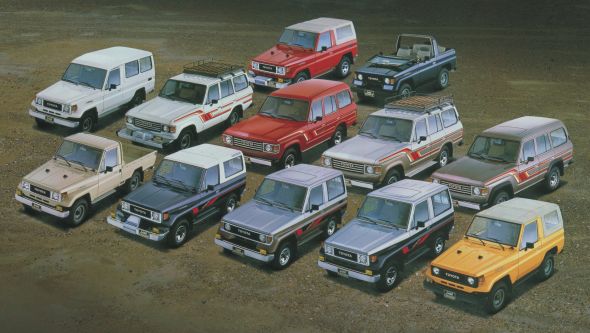
Toyota Land Cruiser history: Heavy and Light Duty edition
Our history of the Toyota Land Cruiser, the world’s most customer-trusted vehicle and the foundation of Toyota’s development target of quality, durability and reliability.

Our history of the Toyota Land Cruiser, the world’s most customer-trusted vehicle and the foundation of Toyota’s development target of quality, durability and reliability.

A legend 65 years in the making. Here are five highlights we think you should know about the 2018 Toyota Land Cruiser.
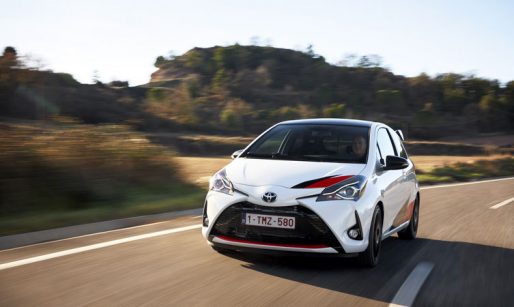
We take a look at the Toyota Yaris GRMN reviews that have appeared online this week.

Stijn Peeters describes how the Yaris GRMN was developed and explains the working relationship with Lotus.
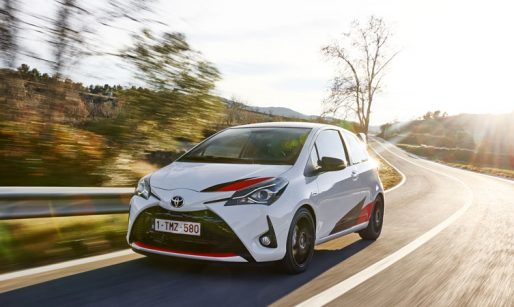
Only 600 models of the Yaris GRMN will be built by a team of hand picked specialists at Toyota’s factory in Valenciennes in France. We go behind the scenes to find out how they do it.
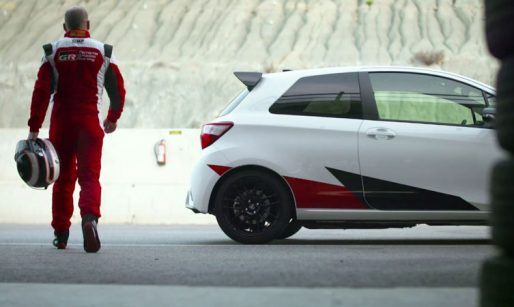
Vic Herman is one of Toyota’s elite master drivers, tasked with testing the Yaris GRMN to the limit of its capabilities to fine-tune its handling and performance.
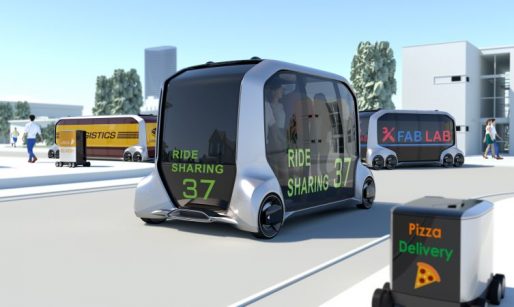
Toyota launches a new mobility ecosystem and concept vehicle at the 2018 Consumer Electronics Show.
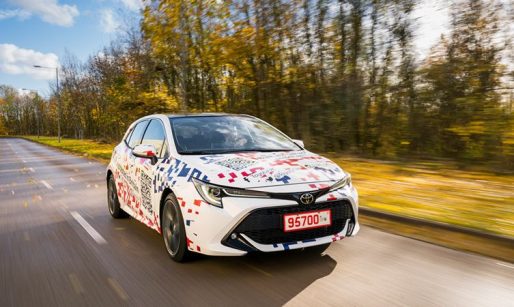
We follow TMUK’s pioneering Quality Assurance department as it pools resources to fine-tune the new 2019 Corolla ahead of production starting at the Burnaston plant.

Toyota Research Institute will introduce its next-generation automated driving research vehicle at the Consumer Electronics Show.
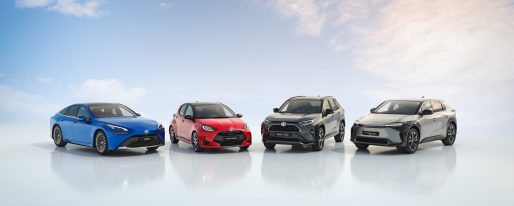
Toyota intends to achieve a 100% reduction in CO2 in Europe by 2035. Electrified powertrains form the heart of this bold strategy.

We speak to the Toyota People who have worked at our Burnaston factory since it opened 25 years ago.
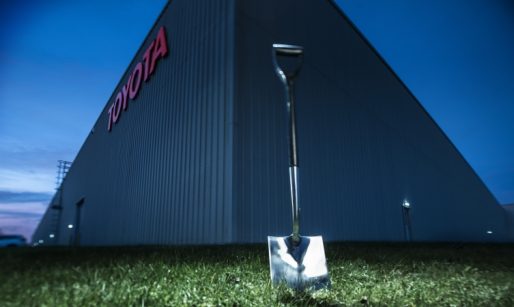
It started with a spade. Find out how an area of Derbyshire wasteland came to become a powerhouse of sustainable automotive manufacturing way back in 1992.

In years gone by, the ordering bike provided a vital parts delivery tool. See how things have changed.
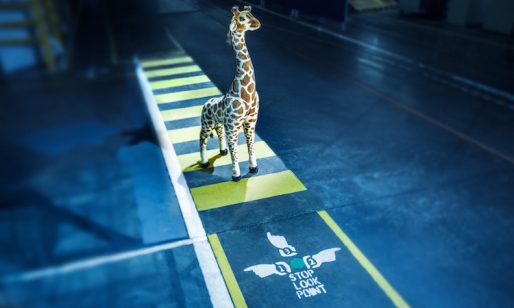
No, we’re not having a ‘giraffe’; there really is a crossing at TMUK based on the tall and black-tongued creature. Learn about its vital role in Just-In-Time Production here.